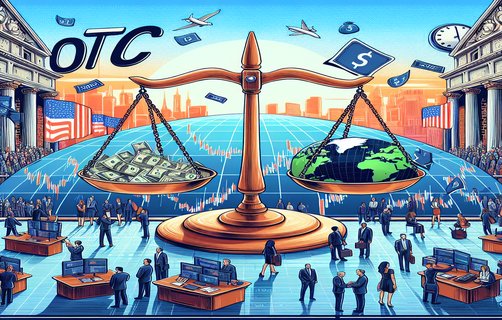
Digital Renaissance: Transformative Trends and Limitless Horizons

In an era where innovation fuels every facet of industry, digital transformation is not merely a change—it is a revolution rewriting the rules of engagement. Far from the well-trodden paths of conventional improvement, this metamorphosis challenges us to rethink systems, embrace randomness, and harness the unexpected, much like the intriguing concepts of stackedsymbols, fairplay, controlledgrowth, lowstakevolatility, no depositreward, and riskcalibration.
Evolving Paradigms in Digital Transformation
The industrial landscape is constantly evolving. Traditional sectors such as finance, healthcare, education, and manufacturing are reaping the rewards of robust digital integration. These sectors are experiencing controlled growth; measured by data-driven strategies, they are ensuring that progress is sustainable even amidst low-stake volatility. The overarching aim is fair play—where competition is balanced by ethical frameworks and regulated processes to ensure that everyone benefits from innovations.

The Mechanics Behind the Evolution
Stackedsymbols have become a metaphor for aggregated digital signals that influence trends. Much like a cryptographic symbol conveys secure information, these symbols suggest a secure and decentralized future. In environments where riskcalibration is key, industries now have the tools to forecast and mitigate potential risks. The concept of no depositreward further underpins a new economic model that does not demand hefty upfront investments, thereby democratizing the means to digital maturity.
Long-Term Impacts and Future Trends
Looking forward, the digital transformation phenomenon promises a radical reshaping of global markets. Technologies once perceived as fringe are now central to controlled growth strategies. The adoption of smart analytics and AI enables industries to predict demand, streamline operations, and mitigate risks effectively. As secure protocols and innovative ideas such as fairplay proliferate, the future is poised for a delicate balance between innovation and regulation.
Moreover, governments and regulatory bodies are increasingly involved in designing frameworks that reflect sustainable growth. Stakeholders must be proactive, recalibrating risk and sparking holistic reforms that blend technology with human-centric values.
Interactive Engagement
What do you think are the most critical innovations driving digital transformation today?
Which industry do you believe will benefit the most from these digital trends in the long run?
How important is risk calibration in maintaining the balance between growth and regulation?
FAQs
Q1: What does digital transformation mean for traditional industries?
A1: It means integrating digital technology into all areas of business, fundamentally changing operations and adding value through improved processes.
Q2: How does risk calibration influence digital growth?
A2: Risk calibration involves assessing potential risks and implementing strategies to mitigate them, ensuring that growth is both sustainable and secure.
Q3: Can digital transformation be achieved without significant upfront investment?
A3: Yes, emerging models like no depositreward point to ways of democratizing digital innovation without requiring heavy initial investments.


Comments
AliceTech
I love the depth of analysis here! The emphasis on risk calibration really made me rethink the role of tech in ensuring balanced growth.
李雷
非常有启发性的一篇文章!对未来数字化转型的展望让我非常期待。
CyberGuru
Insightful and thought-provoking! The connection between fair play and digital transformation stood out as a unique perspective.